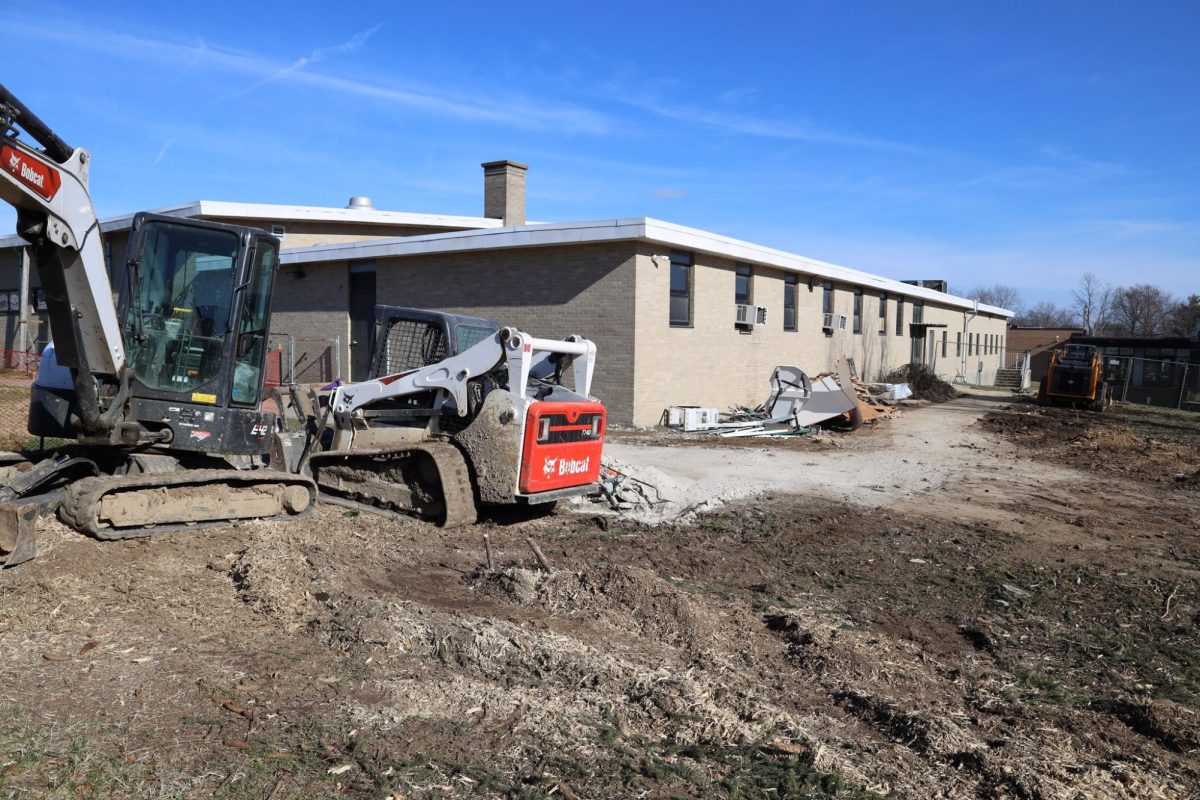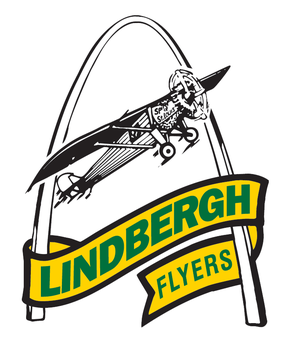More than 84 exhibits constructed by teams of fifth- through eighth-grade pupils recently were featured at St. Francis of Assisi’s 2004 Science Olympiad.
In addition, 16 class projects were showcased by prekindergarten through fourth-grade pupils.
The purpose of the olympiad was to “stimulate an interest in science,” Gene Coffman, science teacher and coordinator of the Science Olympiad, stated in a news release.
Although this was the school’s second Science Olympiad, it was the first time that prekindergarten pupils participated and the “quality of the exhibits was definitely up a notch,” according to Coffman.
Lower-grade exhibits included:
Prekindergarten projects exploring how mold grows.
Kindergarten displays tracking the growth of butterflies.
First-grade boards exploring the effects of different potting soil on growth.
Second-grade boards describing experiments on sneezing and airborne particles.
Third-grade displays tracking baby chicks.
Fourth-grade displays exploring reaction differences between right- and left-handed people.
The upper-grade projects were graded by 36 judges, all with degrees in the sciences or teaching.
Individual projects included displays such as “How Do Video Games Affect the Heart Rate and Blood Pressure of Teens and Adults,” which was constructed by Ryan Vandermus and Alex Lindemann and won Best Science for eighth-grade.
Other Best Science winners were: Elizabeth Trefiletti, Taryn O’Laughlin, Jill Baranowski, Emma Vonderhaar, Ryan O’Shea and Kyle Shaw.
Second-place winners were: Emily Richmeyer, Emily O’Donnell, Kaila Schrimpf, Michelle Essmyer and Courtney Iberg.
Best display was awarded to Joe Arsenault, Zach Chinea, Andrea Kobermann, Kristy Hufker, Meghan Cichelero, Claire Blackstone and Sam Elliot.
Best Idea winners were: Katherine Niedringhaus, Laurie Mattson, Dan Chumley, Nick Pereira, Andy Pichler, Nick Pudlowski and Tom Bourneuf.









